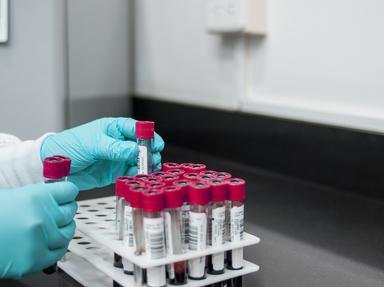Quiz Answer Key and Fun Facts
1. The compound 1-hydroxy-2-methoxy-4-prop-2-enylbenzene has another, more common, name. What is it?
2. What is the compound 4-hydroxy-3-methoxybenzaldehyde better known as?
3. What is 3,7-dimethyl-2,6-octadien-1-ol more commonly known as?
4. 5-Methyl-2-(1-methylethyl)cyclohexanol is better known as . .
5. The compound 3,7-dimethyl-6-octen-1-ol is also known as . .
6. The compound 3,7-dimethyl-1,6-octadien-3-ol is known by another name. What is it?
7. What is 3-phenyl-2-propenal better known as?
8. A common name for the compound 3-methyl-1-butyl acetate is . .
9. What is R-1-methyl-4-isopropenyl-6-cyclohexen-2-one better known as?
10. Although its formal name may be unfamiliar, you have probably used 1,7,7-trimethylbicyclo[2.2.1]heptan-2-one around the house at one time or another. What is it?
Source: Author
NatalieW
This quiz was reviewed by FunTrivia editor
crisw before going online.
Any errors found in FunTrivia content are routinely corrected through our feedback system.


